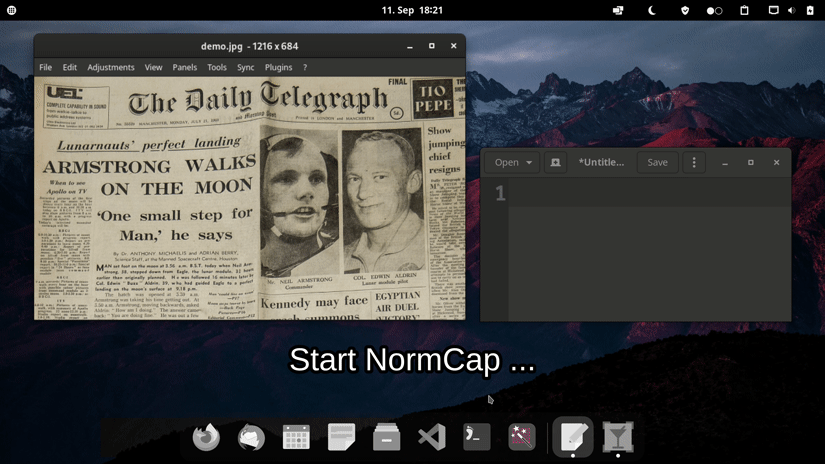NormCap v0.5.9¶
OCR-powered screenshot tool to capture text
instead of images.
Packages with the latest changes for your system:
- Download for Windows Installer, x86_64, ~120 MB
- Download for Windows Portable, x86_64, ~120 MB
- Download for Linux x86_64, ~90 MB
- Download for macOS x86_64, ~80 MB
- Download for macOS (M1) arm64, ~65 MB

